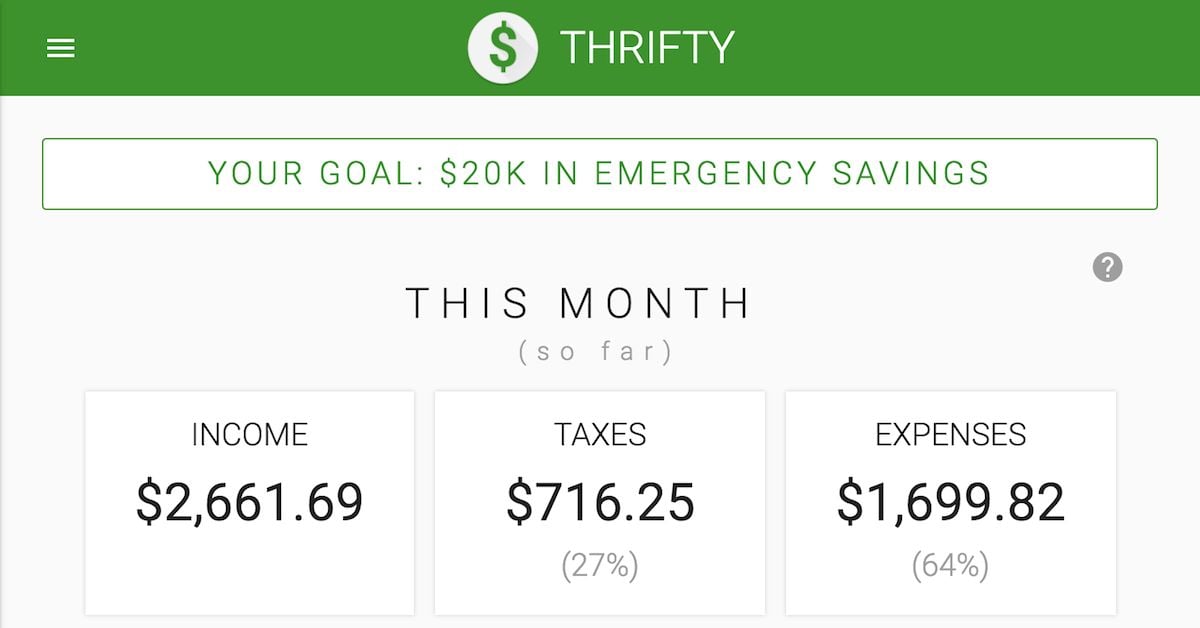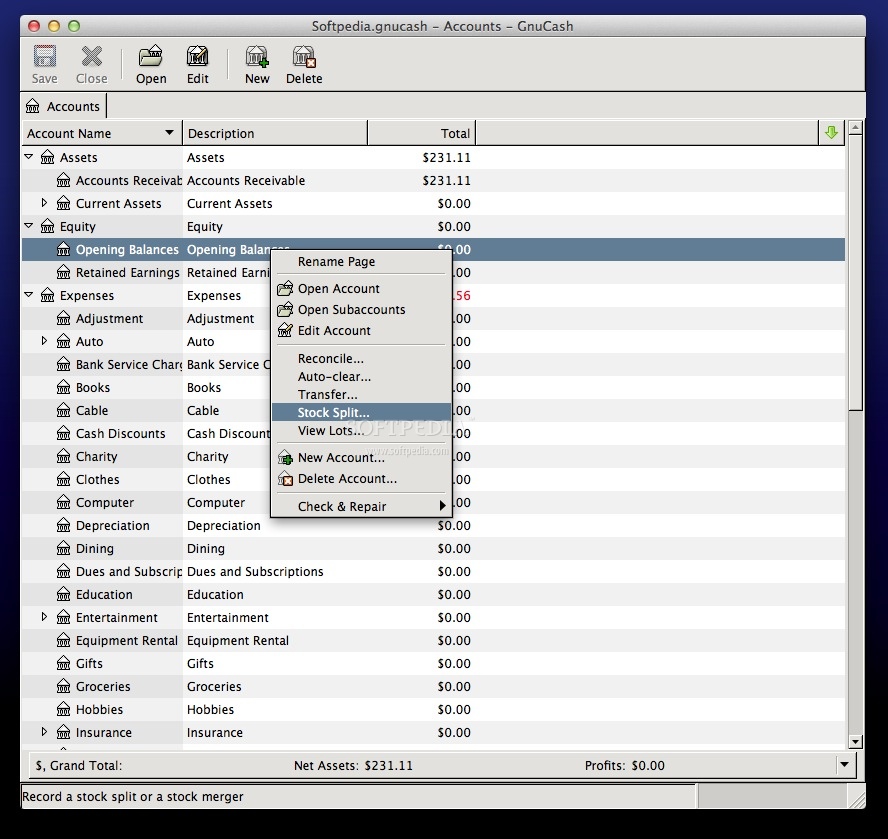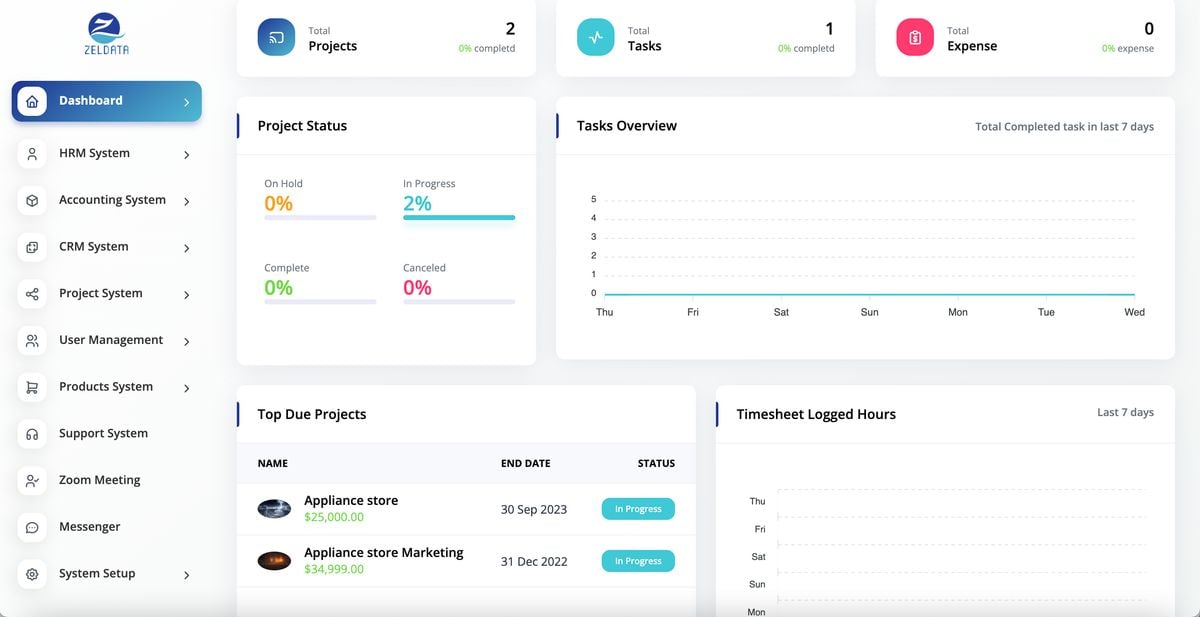

- #Alternatives to gnucash for mac software#
- #Alternatives to gnucash for mac password#
- #Alternatives to gnucash for mac license#
Since my tunnel “exit” on the same machine the address is localhost.ģ306 is the port to use to connect to the MySQL server Localhost is the address where the MySQL server is available. The -i option specifies the location of the private key for authentication, if necessary, that I keep onto my USB stick, while the -L option is used to create the tunnel to my server which is located in, specifying three parameters:ģ307 is the local port to which I’ll have to connect to enter the tunnel # ssh -L 3307:localhost: 3306 -i /media /USB /private.key user ssh -L 3307:localhost:3306 -i /media/USB/private.key In GnuCash documentation I have not found anything about the necessary permissions you have to set for use the program, then check them all, although probably you can limit access and improve safety.īefore starting GnuCash on any client you must create an SSH tunnel, which is quite simply to do on any platform.
#Alternatives to gnucash for mac password#
This means that, after gaining root access to mysql i create the database gnucash and with the GRANT command i create the user gnucash, i give to him permissions for the use of the database and sets the password for access to the database. Mysql> grant all on gnucash.* to identified by 'PASSWORD' with grant option * to gnucash identified by 'PASSWORD' with grant option Ĭopyright (c) 2000, 2010, Oracle and/or its affiliates. Type '\c' to clear the current input statement.
#Alternatives to gnucash for mac license#
This is free software,Īnd you are welcome to modify and redistribute it under the GPL v2 license
#Alternatives to gnucash for mac software#
This software comes with ABSOLUTELY NO WARRANTY. Commands end with or \g.Ĭopyright (c ) 2000, 2010, Oracle and /or its affiliates.

After obtaining access to the server give the following commands::

We will create a SSH tunnel, so you can also use phpMyAdmin remotely as explained for example here, but the procedure is so simple that I decided to do it from the terminal. The next step is to create the database and the user who will use it. If you want more security i suggest to use authentication via keys, as described here. The configuration of the SSH server does not require anything special, just make sure that your firewall is properly configured to allow access to port 22, or whatever you have set.

I have a Linux server, at home, connected to internet, so for me the whole thing has been very simple, but i suppsoe that even a not too expensive hosting offer sufficient support to implement this. Īll these software can run on either Linux, Windows and Mac, which offers great flexibility. Gnucash is a great tool to keep the budget of the family, and from the version 2.4.0 supports connection to a database, SQLite, MySQL or PostgreSQL for data storage. Using a local database, however, tie to a specific computer for its use. Instead I want to be able to open a GnuCash session from any computer and connect to a single, remote, database.Įnable remote connections to the database from the whole net is very unsafe, but a SSH tunnel gives me a lightweight and reliable alternative. Article by Jimmy, first published on his Blog and the BGLUG in Italian


 0 kommentar(er)
0 kommentar(er)
